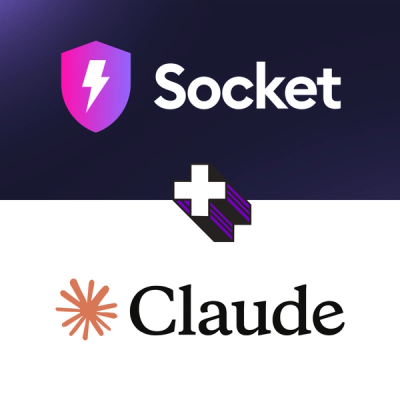
Product
Announcing Precomputed Reachability Analysis in Socket
Socket’s precomputed reachability slashes false positives by flagging up to 80% of vulnerabilities as irrelevant, with no setup and instant results.
An evolving tutorial on how to mix server-side rendering with client-side rendering. AKA, how does Progressive Enhancement work in real-world, when you have the power of Virtual DOM?
(WIP, forever)
While there are many tutorials providing great introduction to concepts of Progressive Enhancement (PE) and Virtual DOM (VDOM), we find the lack of directions on how to implement them in real-world scenario worrying: many developers simply fallback to choosing just one of them, because doing both is difficult, time-consuming, doesn't fit minimum viable product mentality, etc.
So we end up seeing this split:
In short, we believe Isomorphic Javascript (ISOJS) isn't enough, code sharing between frontend and backend is nice, but it should not be the only feature. What we (and our users) truly want, are user-friendly, network-tolerant, device-agnostic services.
To us, it means answering difficult design decisions blocking PE and VDOM's adoption.
Hence pevd is born.
We don't claim to have figured out the best approach for building a progressively-enhanced virtual-dom-powered website, nor do we think PE and VDOM are the ultimate combo for build web applications.
Quite frankly, we haven't faced all those problems you might run into someday, not to mention technology X may come along and change the whole development landscape.
Hence we label this an evolving tutorial: we aim to expand upon our basic example, share our tried approaches, as we develop our own services at MaiHQ using PE and VDOM.
git clonenpm installnpm startSee our wiki for various design decisions we are making.
MIT
FAQs
Progressive Enhancement meets Virtual DOM
The npm package pevd receives a total of 0 weekly downloads. As such, pevd popularity was classified as not popular.
We found that pevd demonstrated a not healthy version release cadence and project activity because the last version was released a year ago. It has 1 open source maintainer collaborating on the project.
Did you know?

Socket for GitHub automatically highlights issues in each pull request and monitors the health of all your open source dependencies. Discover the contents of your packages and block harmful activity before you install or update your dependencies.

Product
Socket’s precomputed reachability slashes false positives by flagging up to 80% of vulnerabilities as irrelevant, with no setup and instant results.

Product
Socket is launching experimental protection for Chrome extensions, scanning for malware and risky permissions to prevent silent supply chain attacks.

Product
Add secure dependency scanning to Claude Desktop with Socket MCP, a one-click extension that keeps your coding conversations safe from malicious packages.